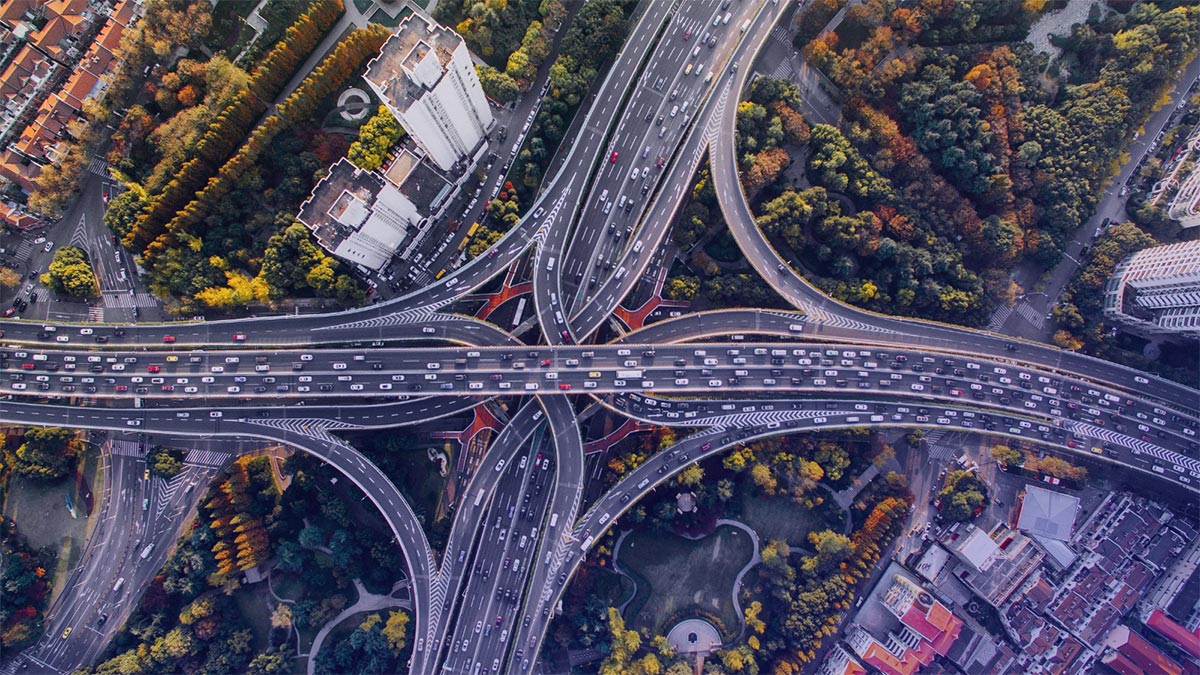As drivers, we’re all familiar with traffic signals and graded crossings. After all, they’ve been our primary way of organizing traffic flow for a long time — even longer than you might think:
- Graded intersections date to the 1840s: Before cars even existed, railroad builders were using overpasses and underpasses. 20th century highway builders later adopted this concept.
- Traffic signals date to the 1860s: The first known traffic signal appeared outside Parliament, in London, in 1868.
- Electric traffic signals arrived In 1912: The world’s first was installed in Cleveland, at 105th Street and Euclid Avenue.
Over the past century, we’ve kept integrating these tried-and-true devices into daily travel because they work so well, because they’re familiar, and because they’re easy to navigate. But sometimes, there are more efficient and safer ways to manage the flow of traffic through an intersection or interchange.
In the past couple decades, we’ve seen an abundance of new ideas go from the drawing board to reality. Many of these innovations still use traffic signals and separate grades, but they apply these traditional devices in new and creative ways.
Today’s most innovative intersections include:
- The bowtie: A plan that diverts left-turning traffic onto adjacent traffic circles so drivers never have to turn across lanes of oncoming traffic.
- The echelon: A device that raises part of the traffic flow onto an elevated grade, reducing the potential for collisions at the intersection.
- The diverging diamond: An intersection that temporarily reverses the traditional left-vs-right flow of traffic so motorists can turn left without crossing oncoming traffic.
- The single-point urban interchange: This interchange removes right-turning traffic from the flow of vehicles so all left turns can be regulated by a single signal.
There are dozens more of these concepts, and they all have the same goal: Improving safety by reducing points of conflict and allowing intersections to handle more traffic by creating a more continuous flow.
Today’s innovative intersections also have something else in common: They all depend on professional highway striping contractors which include members of the InfraStripe Family.
Pavement markings matter so much because if an intersection doesn’t make sense to drivers, it’s no longer safe. The best highway markings teach motorists how to navigate intersections, in real time, as they approach the intersection, by making the safest route the obvious route.
At InfraStripe, we’re proud to be part of the next wave of innovative intersections appearing around the nation, making highway travel safer and more efficient.
